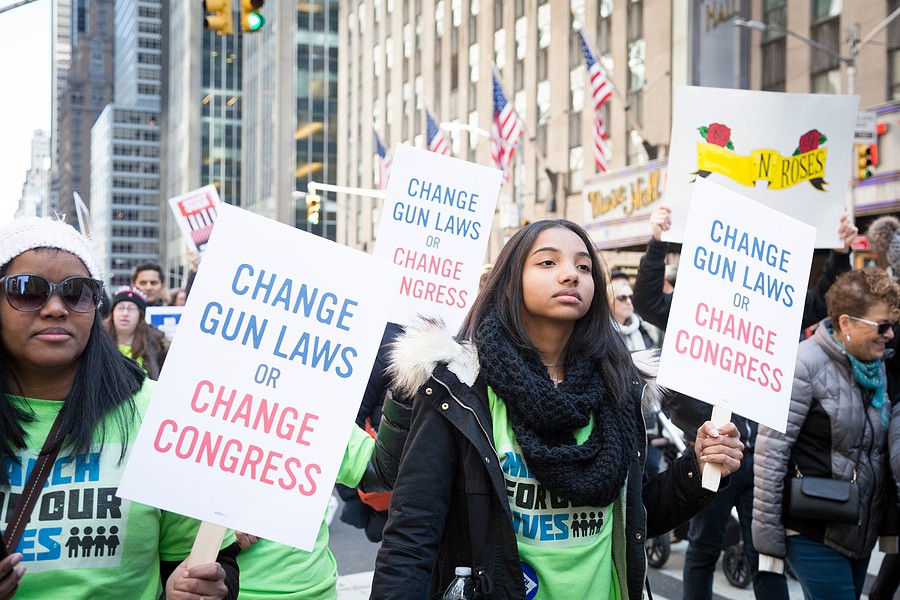What Will the World Look Like on the Other Side of Coronavirus?
- By Declan McManus
- May 04, 2020
What Will the World Look Like on the Other Side of Coronavirus?
As the current crisis drags on through the monotonous days of quarantine, it has become harder and harder to see a clear finish line. As reopening dates have been pushed back repeatedly and events have been cancelled or postponed across the board, a “normal” future seems harder and harder to picture.
As even optimistic vaccine predictions are estimated at 12-18 months, we are all wondering the same question– what will the world look like when this is finally over?
For better or for worse, a crisis of this magnitude will reshape society in lasting ways, from how we socialize to how we work. While COVID-19 will undoubtedly have lasting economic, social, and emotional impacts on the world, people will continue to demonstrate resilience and perseverance in surprising ways. Below is a rundown of how various industries and sectors could look when the crisis finally subsides.
Events
By now, everyone has a coronavirus cancelation story. From weddings and baby showers to the Olympics and Coachella, events of all sizes and occasions have been cancelled into further notice. While the current crisis presents unique challenges to the events industry, there is also room for opportunity with virtual events, technological advancement, and a rejuvenated and refreshed market when things open up again.
While still uncertain, countless events have been rescheduled for the fall and the new year. When the current situation finally improves, we will see an increase in scheduling conflicts as rescheduled events are crammed into a shorter time period. When things open up, large-scale events will likely see decreased capacities, increased health precautions, and other changes such as contactless greetings and single-serve food at catered events. As the handshake seems to be a thing of the past, events will likely include social distancing practices for months or years to come.
Restaurants
Restaurants are one of the hardest-hit industries in the new COVID-19 reality. While many restaurants are offering takeout and delivery services to maintain some form of income, most are still losing 50-95% of their revenue. In March, the National Restaurant Association reported that roughly 110,000 restaurants are expected to close permanently in the next month, with more than 30,000 already shuttered.
While surviving establishments will eventually open back up for dine-in service, the “restaurant apocalypse” will have lasting impacts on how the restaurant industry operates. Restaurants post-pandemic will most likely suffer decreased revenues and changes in protocol for many months if not years. Possible changes could include decreased seating, contactless payments, and increasing sanitization practices.
Business
As companies across the world have adapted to virtual communication and working remotely, business culture and practices will be permanently disrupted by this crisis. As companies prepare to conduct their business virtually for the foreseeable future, there may be a decreased need for flashy office buildings and employee perks. As the shift to remote work was already occurring, the pandemic has been a catalyst for workstyle shifts that were already happening.
When employees can finally return to their work desks, remote work will become strategic as businesses integrate tools and workflows developed during the crisis. As written by Harvard Business School researcher Prithwiraj Choudhury, “working remotely is very effective if you can also restructure the organizational processes for how communication happens, how socialization happens, and how coordination happens.” If employees can better integrate useful tools such as Zoom and Slack during normal business, companies will be better able to face future shifts in workstyle and business coordination.
Real Estate
As the 2008 financial crisis was largely spurred by subprime mortgage loans and shady bank practices, the current crisis will likely have huge and rebounding effects on the real estate industry in the U.S. As millions of Americans are applying to unemployment benefits and government-backed loans to cope with the economic impacts of the crisis, the full trickle-down effects on the housing industry are yet to be known.
From a selling standpoint, the consumer housing market is at a virtual standstill– realtors can’t show homes, appraisers can’t appraise them, and inspectors can’t inspect them. With a tanking stock market and a paralyzed services industry, home values will likely drop a considerable amount in the coming months.
Outside of housing, commercial real estate is another hard-hit industry in the crisis. With dried-up incomes, malls, restaurants, hotels, and bars have no means to pay rents to their landlords. As tenants are increasingly squeezed for cash, they will increasingly look to property owners and landlords to offer rent abatements and concessions. However, as larger entities may be able to offer these breaks, smaller owners do not have the cash reserves to allow rent decreases.
In the coming months, the real estate industry will likely be riddled with a cycle of loans, rent abatements, and a decrease in capital expenditures as commercial real estate entities look to conserve cash reserves. Depending on the extent to which government-backed relief loans are forgiven, the U.S. will most likely suffer a lasting real estate slowdown.
While we will undoubtedly face long-lasting impacts due to COVID-19, America has repeatedly overcome colossal challenges such as this. While this is a time of unprecedented uncertainty, it is also a time for innovation, compassion, and collective humanity. While the world will look different, we will come out on the other side of this with a renewed perspective and gratitude.






























































